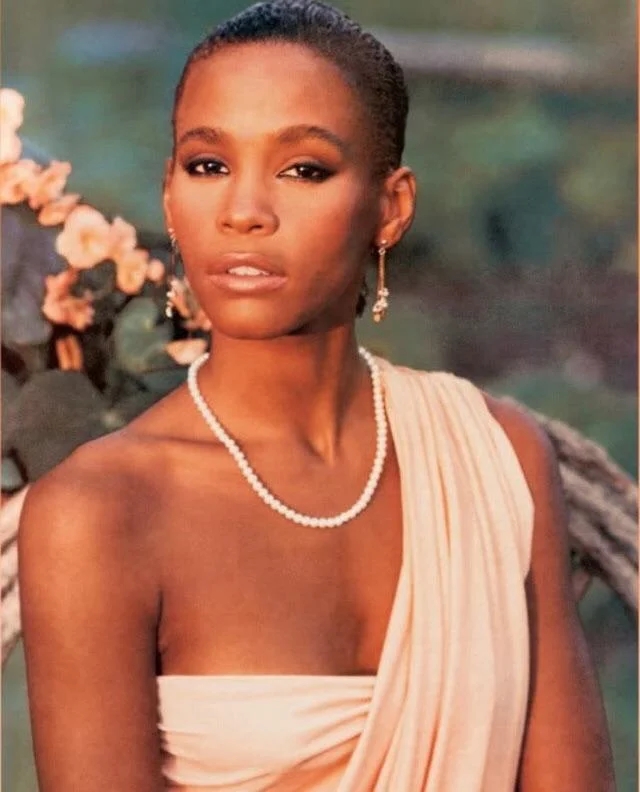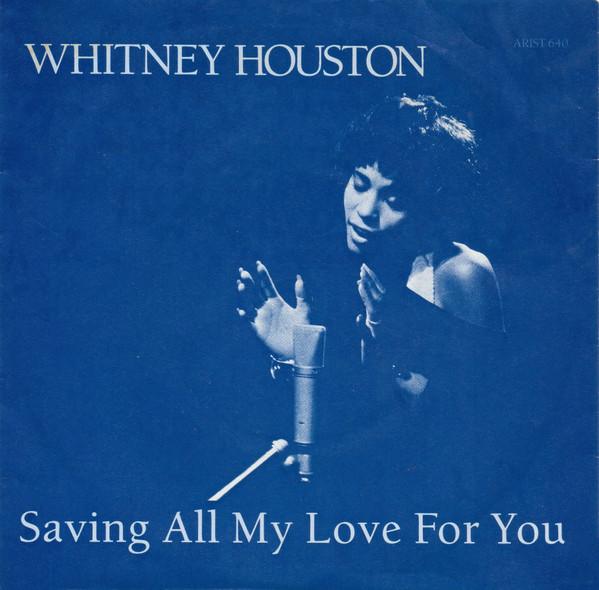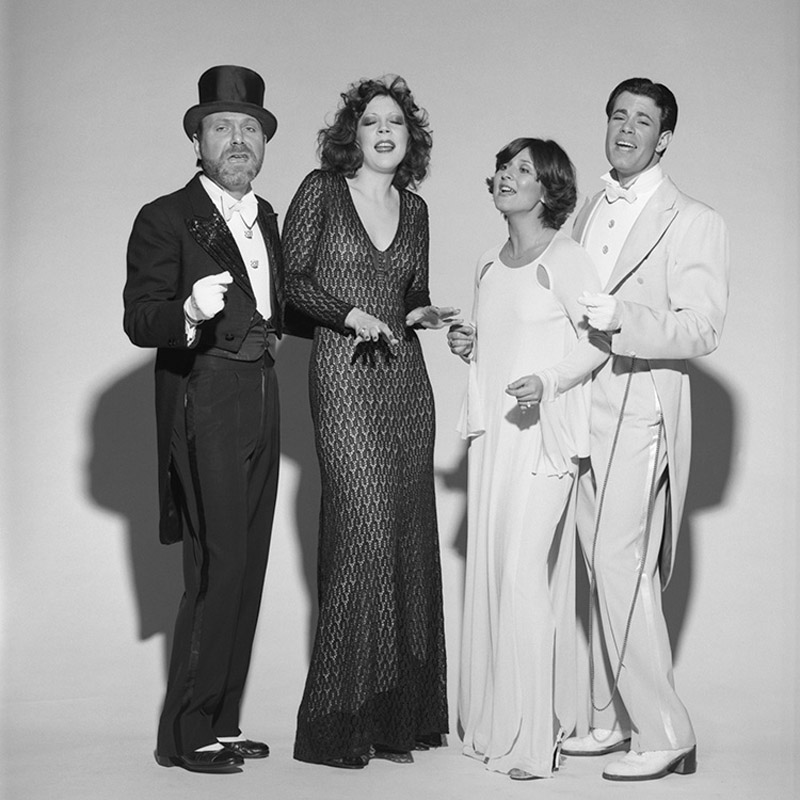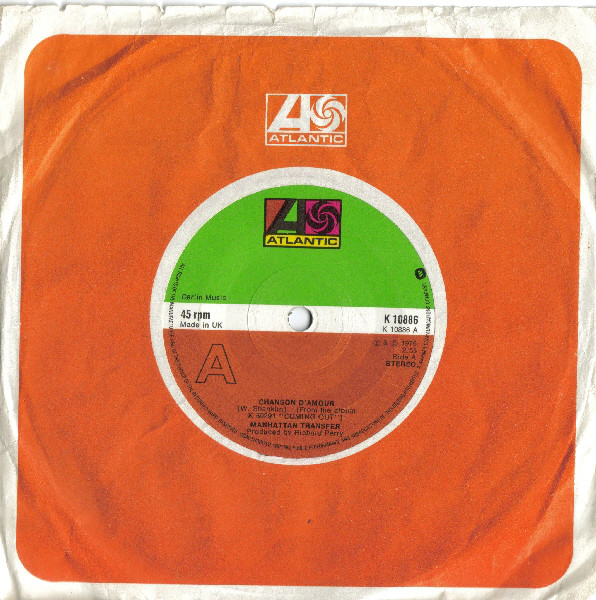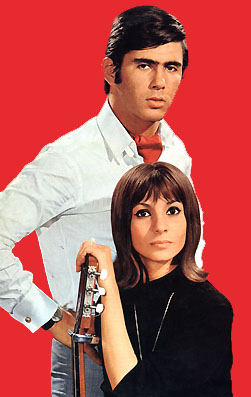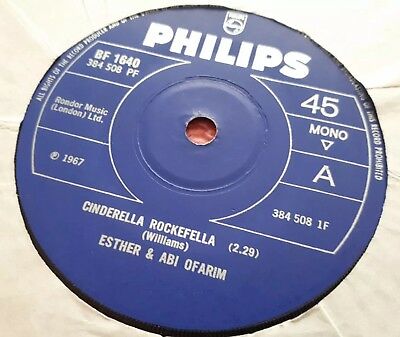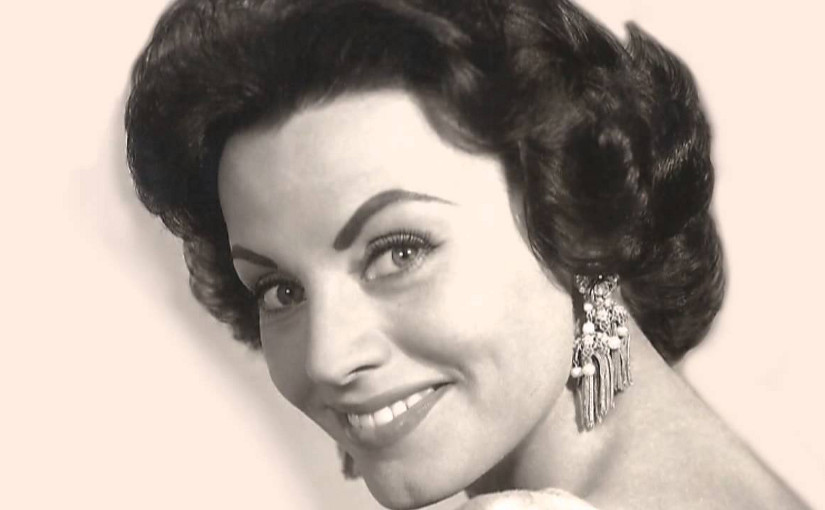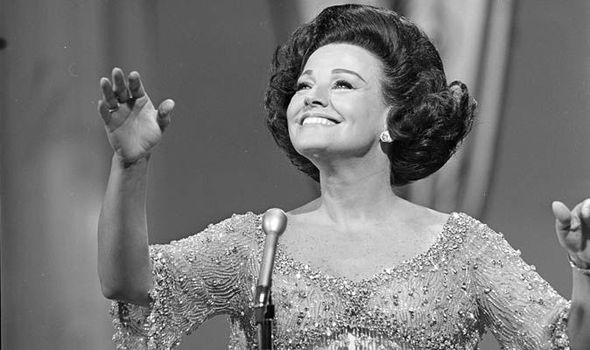The second last chart-topper of 1985 (an eclectic year of decidedly mixed chart-topping vintage) introduces one of the most famous, most powerful voices in pop history.
Saving All My Love for You, by Whitney Houston (her 1st of four #1s)
2 weeks, from 8th – 22nd December 1985
And it’s a pretty low-key entry for such a mighty voice. The intro is very of-its-time, soft, soft soul… Elevator-soul, I’m going to call it from now on, even though playing muzak in lifts hasn’t been a thing for many years. Houston’s voice also comes in very softly. A few stolen moments, Is all that we share…
Following on from Wham’s ode to spontaneous and anonymous (and possibly gay) sex, this record is keeping the illicit theme going. You’ve got your family, And they need you there… Whitney, the homewrecker, is having an affair with a married man! They’re making love the whole night through, while his children ask why daddy’s not home for dinner… Whitney’s mother, Cissy, was against her daughter recording such an immoral song, but to no avail.
Personally, I like the fact that she’s completely unrepentant. Her friends warn her off, she pines away lonely at home… But, she sings, no other man’s gonna do…. So I’m saving all my love for you… She doesn’t come across as very sorry about it at all. The way she slams her fist down on lines like For tonight, Is the night…! In the video, she’s having a great time at a club with her lover, as the wife serves side-eye from the balcony. (In the end, though, the couple re-unite while Whitney walks home alone. You wonder if this scene was thrown in last-minute, by a nervous record label…)
It’s very classy, and well-produced. I’m even enjoying the lounge-bar saxophone that’s crooning away in the background. I could complain about the slick-as-a-seal’s-arse eighties production, but by this point I’d just be shouting into a typhoon. It’s December 1985, things are glossy, and they’ll be staying that way for some time to come. It does feel like a slightly understated song to have been the breakthrough hit for a voice such as Houston’s, but there are moments where she shows what she’s capable of. The that’s just an old fantasy… line, for example, as well as some impressively long notes at the end of the choruses.
I may well be pining for this understated version of Whitney come her final, monster #1 (you know the one). Here she was just twenty-two, with a massively successful career ahead of her. It’s elegant, and very well sung: a grower not a show-er. In the US, ‘Saving All My Love for You’ was the first of seven chart-toppers in a row for her. While never quite as successful in Britain, she would be a big chart presence for the next twenty years. More to come very soon, then, from Miss Houston …
